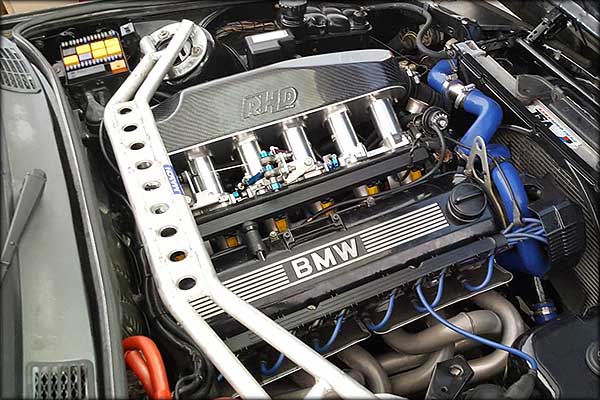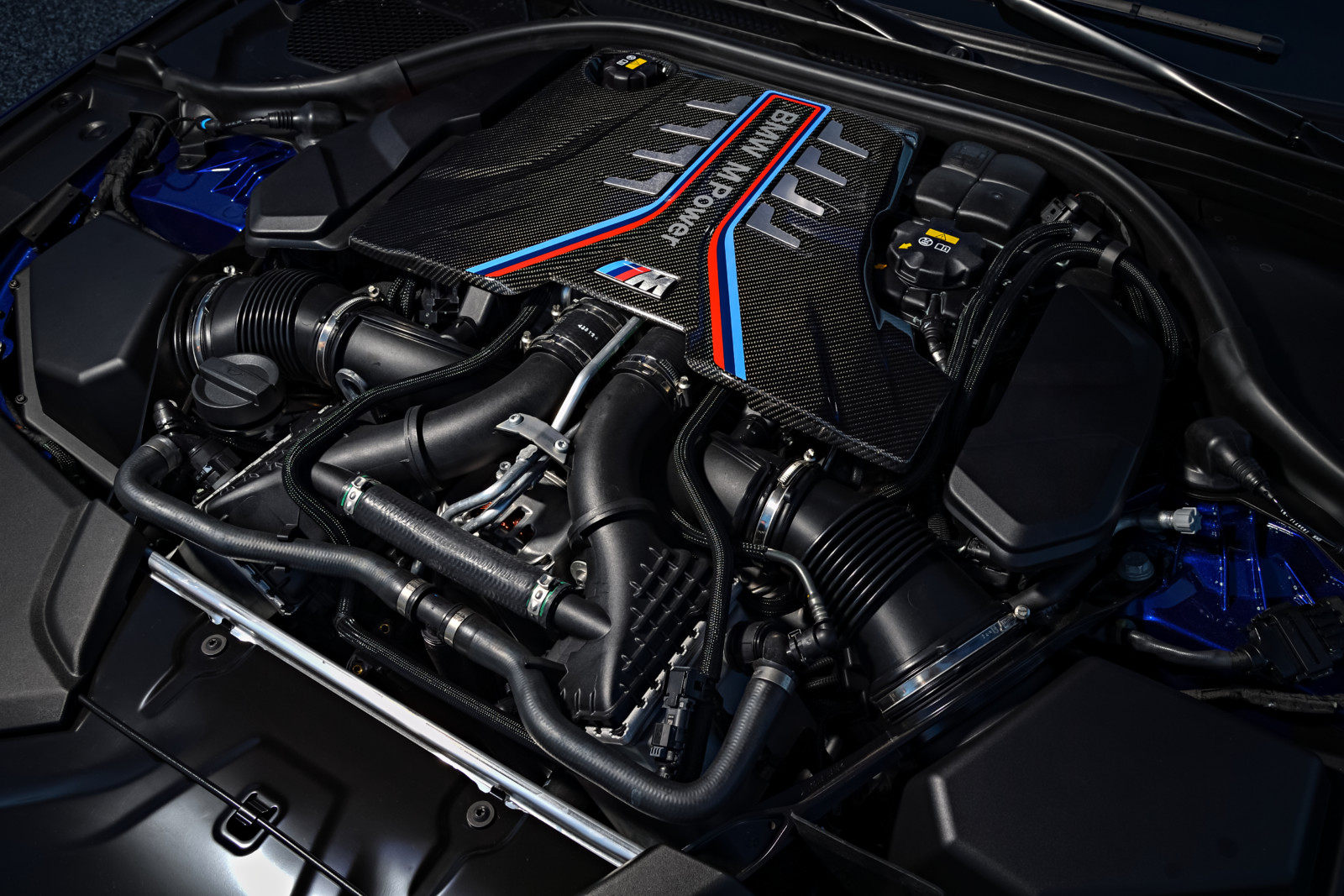Leading 5 BMW Engine Technologies Revolutionizing the Automotive Industry
Leading 5 BMW Engine Technologies Revolutionizing the Automotive Industry
Blog Article
Exploring the Development of Combustion Engines in Modern Transportation Solutions
As we browse the landscape of contemporary transportation, the advancement of burning engines stands as a testament to human resourcefulness and design prowess. The interaction of background, technology, and ecological problems in shaping the trajectory of combustion engines develops a narrative that is both insightful and compelling.
Very Early Beginnings of Combustion Engines
Exactly how did the idea of combustion engines very first emerge in the beginning of transportation development? The origins of burning engines can be traced back to the 17th century when the concepts of internal burning were very first discovered. In 1673, Christian Huygens conceived a basic interior combustion engine that utilized gunpowder to generate power. Nevertheless, it wasn't till the late 19th century that useful applications of burning engines in transportation started to emerge.
The advancement minute came with the creation of the initial successful gasoline-powered engine by Karl Benz in 1885 - bmw engine. This engine led the way for the development of the modern-day vehicle, changing transportation systems worldwide. Subsequent innovations by Nikolaus Otto and Gottlieb Daimler additionally improved combustion engine technology, causing the automation of automobiles and the fast development of the transport market
These very early burning engines were identified by their simpleness and performance, laying the structure for the facility and effective engines made use of in contemporary transport systems. The advancement of burning engines has actually been critical in forming the means we take a trip and deliver products, noting a substantial milestone in the history of transportation growth.
Transition to Internal Combustion Modern Technology
The shift to inner combustion innovation marked a pivotal change in the advancement of transportation systems. This shift started in the late 19th century, with innovators like Nikolaus Otto and Gottlieb Daimler establishing the first effective inner combustion engines. These engines revolutionized transport by using a much more powerful and efficient choice to heavy steam engines and electric motors.
Among the essential advantages of inner combustion engines was their capacity to be reduced to fit into lorries, causing the development of autos and motorbikes. This shift from cumbersome, stationary engines to portable, mobile ones paved the means for the contemporary transportation systems we see today.
The shift to internal burning technology likewise spurred improvements in fuel modern technology, resulting in the growth of gas and diesel as key fuel resources for vehicles. This shift not just made transport more obtainable to the masses but likewise laid the structure for the oil and gas industry to come to be integral to international economies.
Influence of Combustion Engines on Transportation
The fostering of combustion engines in transport systems catalyzed a profound change in the efficiency and speed of international mobility. Combustion engines reinvented transport by offering a flexible and trusted source of power for various automobiles, consisting of cars, ships, airplanes, and trucks. This innovation considerably improved the capability for items and individuals to conform cross countries in shorter period, resulting in enhanced connectivity in between areas and countries.
Furthermore, the widespread use burning engines has actually had a significant influence on financial growth. The ability to transport goods efficiently has spurred trade and commerce, permitting businesses to expand their markets and reach consumers worldwide. This has actually promoted financial development and globalization, as items can currently be transported faster and in larger quantities than ever before.
However, the environmental impact of burning engines can not be overlooked. The combustion of fossil fuels has led to air pollution and greenhouse gas discharges, contributing to environment modification and presenting wellness dangers to populations. bmw engine. As a result, there is a growing emphasis on creating alternative propulsion modern technologies to minimize these adverse impacts and develop a more sustainable future for transport
Developments in Combustion Engine Layout
Countless improvements in burning engine design have actually thrust the advancement of transportation systems over the years. One notable development is the development of turbocharged engines, which use exhaust gases to drive a generator that compresses inbound air, enabling even more fuel to be burned, home leading to increased power outcome without a significant boost in engine size. Furthermore, straight injection modern technology has boosted fuel effectiveness and performance by exactly regulating the amount and timing of gas infused into the burning chamber. Variable shutoff timing systems have likewise revolutionized engine style by maximizing airflow at different engine rates, enhancing both power and effectiveness. An additional significant improvement is the assimilation of lightweight products such as carbon fiber and light weight aluminum alloys, reducing general engine weight and boosting vehicle fuel economic situation. Additionally, improvements in computer-aided layout have allowed designers to optimize engine performance and effectiveness via simulations prior to physical prototypes are developed, conserving time and sources in the development process. These developments collectively add to the constant enhancement of burning engines in modern-day transport systems.
Future Fads in Burning Engine Advancement
With modern technology improvements driving continuous technology, the future of combustion engine development is positioned to transform transport systems worldwide. One of the vital patterns in combustion engine advancement is the press in the direction of better performance and decreased discharges.
Another famous pattern is the adoption of crossbreed technologies in combustion engines. Crossbreed engines integrate typical combustion innovation with electrical power, offering enhanced gas performance and lower emissions. As the vehicle sector changes towards electrification, hybrid combustion engines are viewed as a transitional remedy that bridges the gap between traditional automobiles and totally electrical ones.
Moreover, the combination of wise innovations, such as expert system and data analytics, is expected to play a significant function in the future of combustion engine advancement. These modern technologies can maximize engine efficiency in real-time, bring about more efficient combustion processes and enhanced overall vehicle performance. Embracing these future trends will not only drive innovation in combustion engine development but also add to a more lasting and eco pleasant transportation community.

Conclusion
Finally, the development of combustion engines in contemporary transport systems has actually been noted by considerable innovations in modern technology and layout. From the very early starts of burning engines to the change to inner combustion modern technology, these engines have actually had an extensive effect on transport. Technologies in check out this site burning engine style proceed to drive development in this field, with future patterns concentrating on further improving efficiency and decreasing emissions. The future of combustion engines in transport looks encouraging as study and advancement efforts remain to push boundaries.
The origins of combustion engines can be traced back to the 17th century when the principles of inner burning were very first explored. These engines transformed transportation by offering an extra powerful and efficient choice to heavy steam engines and electric motors.

Report this page